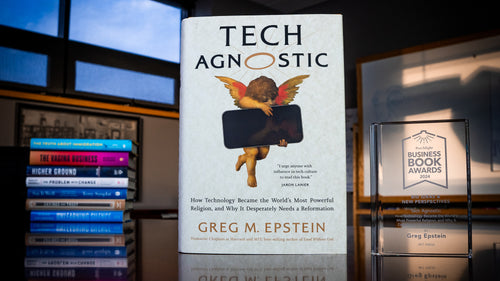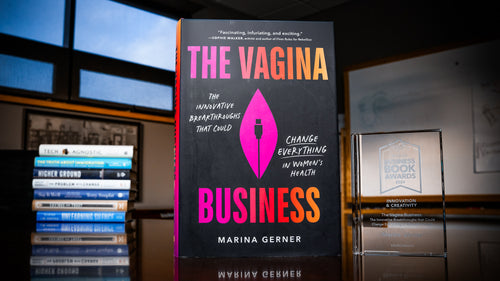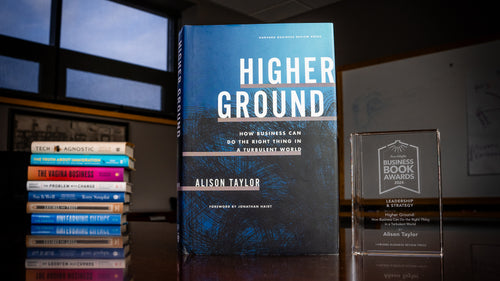Excerpt from The Last Chance Millionaire
The following is a brief excerpt from the book The Last Chance Millionaire by Douglass R. Andrew.
The Pitcher of Water Versus the Empty Glass
When I give seminars, this is the moment that I introduce the most memorable visual aids I have ever used.
The following is a brief excerpt from the book The Last Chance Millionaire by Douglass R. Andrew.
The Pitcher of Water Versus the Empty Glass
When I give seminars, this is the moment that I introduce the most memorable visual aids I have ever used. Picture yourself holding an empty drinking glass in one hand and a pitcher containing water in the other. The glass represents your house. For simplicity's sake, let's say it is worth $100,000. It's an asset. Let's say you have $100,000 of cash in the bank (the pitcher) -- that's liquid wealth. The glass is empty because you have not put a penny into your house, but on paper, on a balance sheet, you would still list it as a $100,000 asset. Meanwhile the pitcher of water represents another asset -- $100,000 in cash.
What's the total amount of your assets? $200,000. What happens if you pour the water into the glass? You have reduced your assets by $100,000. You've combined $100,000 in cash to a glass already listed as an asset worth $100,000, and all you have to show for it is $100,000. You have cut your assets in half!
On the other hand, when you separate the liquid cash from the glass-sized house that is free and clear, you double your assets. That's what happens when you separate equity from your house and put it in a liquid investment. But you're not finished. Assume the empty glass-house appreciates at an average of 5 percent a year. After one year, what's the value of the empty glass? $105,000. If you pay off the mortgage on the glass (pour the water -- or money -- back into the house) what is it worth? The same $105,000 -- whether it is mortgaged or it is free and clear -- because equity has no rate of return when it is trapped in a house.
Next, pour the water from the glass back into the big pitcher. You've just removed $100,000 from your house and put it into an investment earning -- let's say -- 10 percent. At the end of the year, how much money will you have in that pitcher? Look at that! It's grown to $110,000! In your other hand is your house, worth $105,000 at the end of the same year, thanks to appreciation.
Leave the water in the pitcher.
How much have you earned by separating your equity from your house in the course of just a single year? $15,000. How much would you have earned if you had left the water in the glass? Only $5,000 -- one-third as much.
"But, but, but -- the mortgage wasn't free! I had to pay some interest." That's right, you did. Let's say the mortgage was at 7.5 percent. That's $7,500 subtracted from $15,000 for a net gain of $7,500, instead of just $5,000. You are still 50 percent ahead than if you had not removed the equity from your house. If the mortgage interest is deductible, then the net cost of the mortgage is really not $7,500, but $5,000 in a 33.3 percent marginal tax bracket. So the net profit is $10,000 ($15,000 minus a net, after-tax mortgage expense of $5,000) -- or twice as much as you made if the house was paid off!
Here's another quick analogy: Would you rather have one horse working for you or two? Can two horses work for you, even if you owe money on one of the horses?
The object of this demonstration is that no matter what else you do, when you separate your equity from your house, you increase your assets. Even though there is a charge for doing that -- the simple interest you pay on a mortgage -- it makes a whole lot of sense to take out a mortgage and use it to make your assets grow.
Do you recall the president of the bank I mentioned at the start of this chapter? What you've just done -- taken out a mortgage and used the money to make more money -- is what he did. You didn't make billions, but you made a profit in the same exact manner. By separating equity from your house, you give it the ability to earn a rate of return. Employ this strategy each year, and the profits will compound.
Copyright © 2007 Douglas R. Andrew
The Last Chance Millionaire by Douglass R. Andrew
Published by Warner Business Books; June 2007



